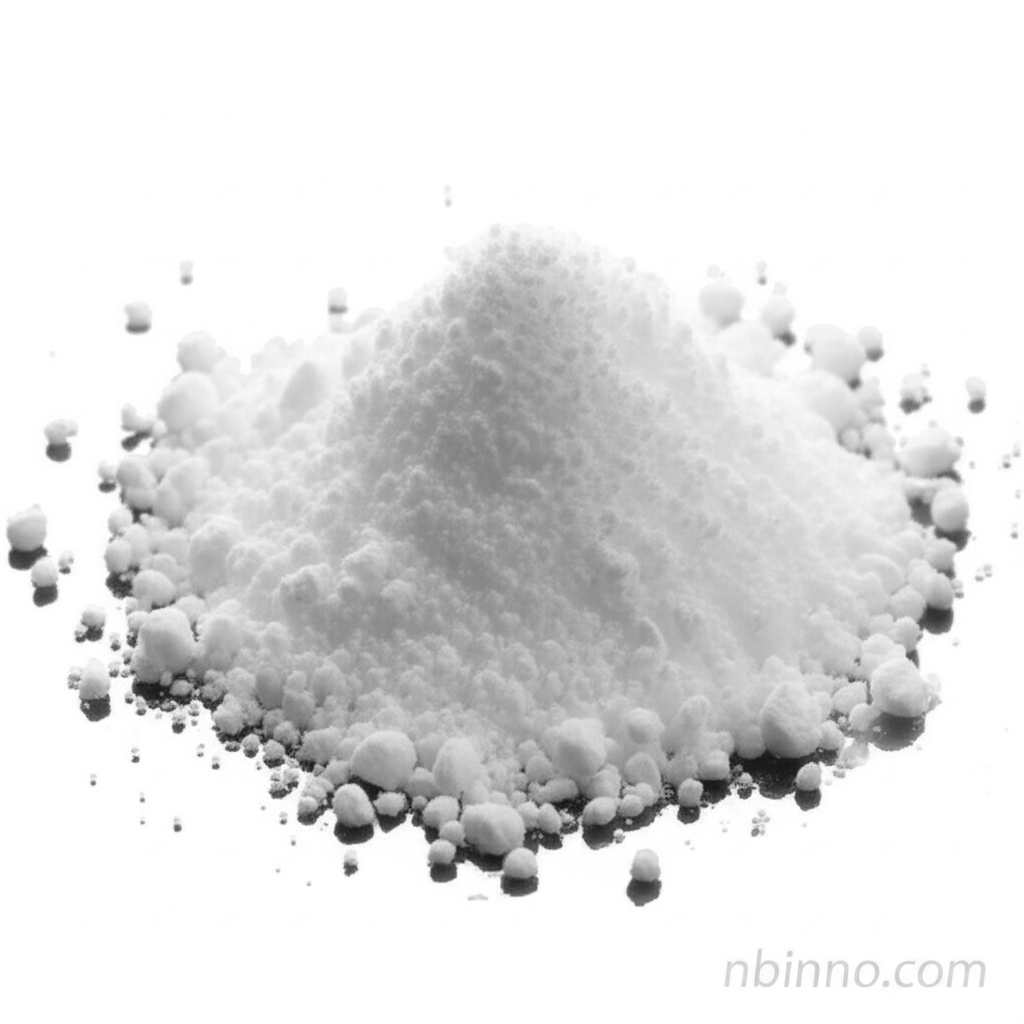Dopamine Hydrochloride: A Comprehensive Overview of its Properties, Applications, and Production
Explore the science behind dopamine hydrochloride, its vital roles in the body, and innovative sustainable production methods.
Get a Quote & SampleProduct Core Value

Dopamine Hydrochloride
Dopamine hydrochloride is a crucial molecule in neuroscience and medicine. It functions as a neurotransmitter and hormone, playing a key role in brain functions such as reward, motivation, and motor control. Medically, it is used to treat conditions like hypotension and shock.
- Discover the pharmaceutical intermediate role of Dopamine Hydrochloride in drug synthesis.
- Understand the neurotransmitter synthesis & application aspects of this vital compound.
- Learn about the biochemical pathways and disease connections related to dopamine.
- Explore its potential in developing advanced materials from renewable resources.
Key Advantages
Neurochemical Significance
As a key neurotransmitter, understanding dopamine's influence is crucial for comprehending brain activity and neurological disorders. This relates to its role in neurotransmitter synthesis & application.
Therapeutic Applications
Its use in treating cardiovascular issues and its role as a pharmaceutical intermediate highlight its broad medical importance.
Sustainable Sourcing Potential
Innovative methods for the sustainable production of dopamine hydrochloride from sources like lignin offer environmentally friendly alternatives.
Key Applications
Pharmaceuticals
As a vital pharmaceutical intermediate, it is essential for synthesizing various drugs, particularly those targeting neurological and cardiovascular conditions.
Neuroscience Research
Its fundamental role in brain function makes it indispensable for researchers studying biochemical pathways and disease, addiction, and motor control.
Material Science
Dopamine's self-polymerization properties are leveraged in creating advanced materials, aligning with the interest in advanced materials from renewable resources.
Medical Treatment
Used clinically as a vasopressor, it directly impacts patient care in critical situations, underscoring its importance in neurotransmitter synthesis & application.
